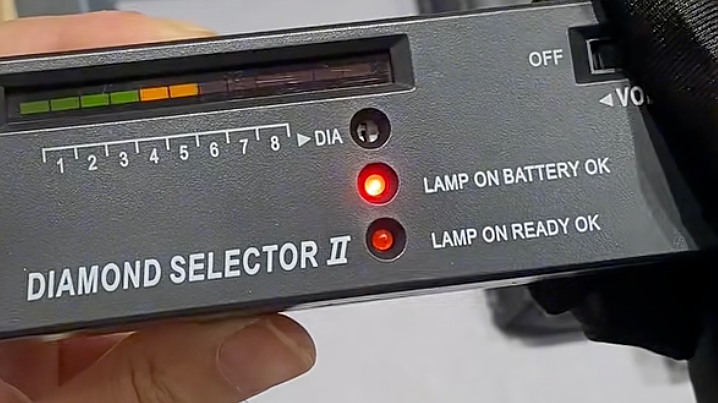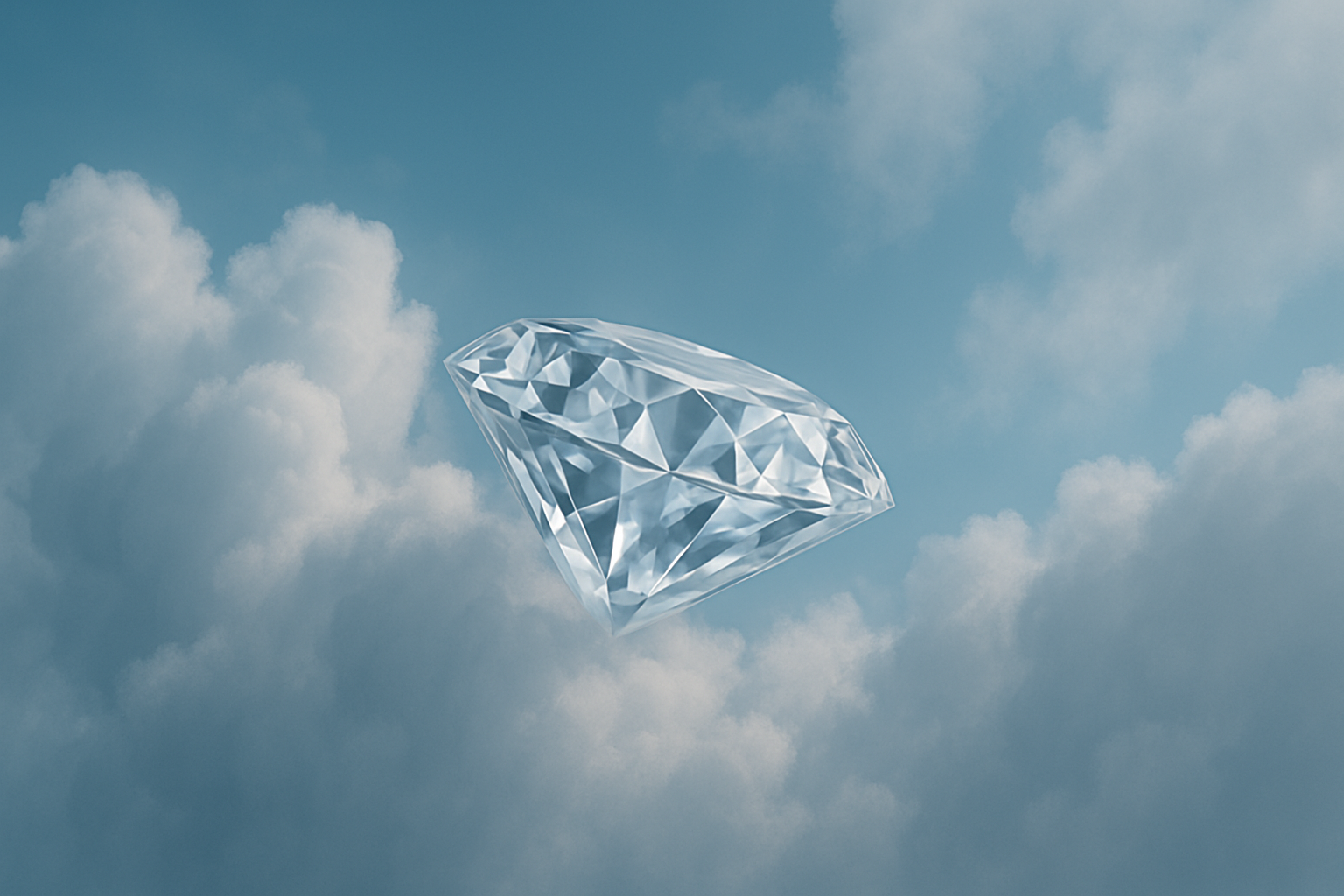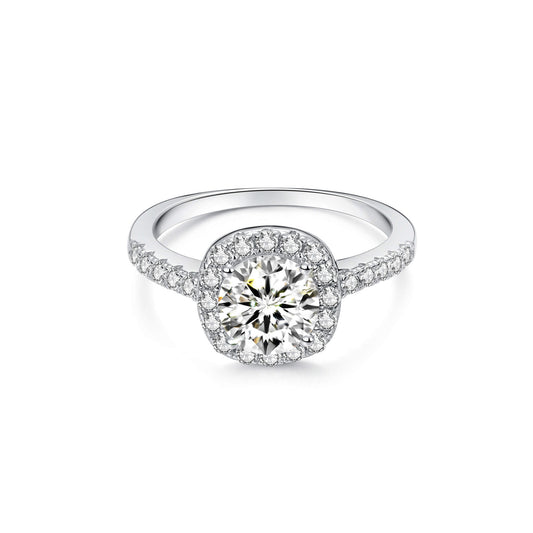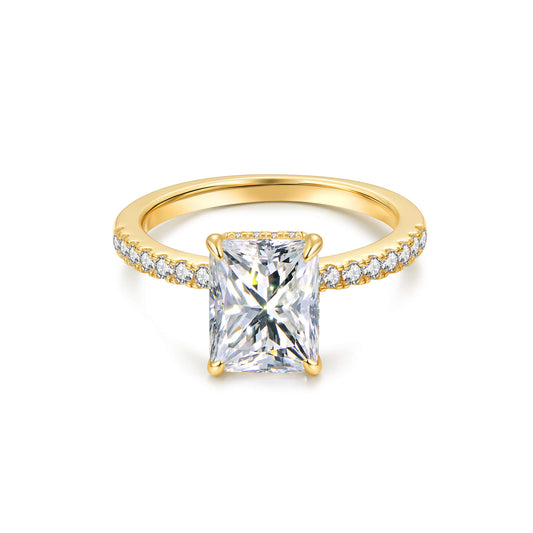How Much Do Lab Grown Diamonds Cost?
There’s a reason more people are typing this question into Google than ever before.
Lab grown diamonds used to be rare, expensive, and kind of confusing.
But today they’ve gone mainstream. You can walk into a jewelry store or browse online and find hundreds of lab-created stones at half decent prices, most indistinguishable from mined diamonds.
But how much do lab grown diamonds cost? And more importantly, what are you actually getting for your money?
Let’s break down pricing, value, and the hidden perks of man made diamonds, especially if you’re shopping for a one carat engagement ring in 14kt yellow gold, or searching for cheap engagement rings that look exactly like something 10x its value.
Lab grown diamond prices have dropped fast
If you haven’t looked at lab diamond pricing recently, the numbers might shock you.
Back in 2017, lab grown diamonds were sometimes more expensive than natural ones of similar size and quality.
But thanks to better technology and more suppliers entering the market, prices have actually plummeted over the last few years.
According to Paul Zimnisky's diamond analytics, lab diamonds now cost up to 85% less than natural diamonds of the same grade.
Get this…just one year ago, a 1 carat round lab diamond might have cost $2,000 to $3,000. Today, that same diamond might go for $800 to $1,200, depending on the cut, color, and clarity.
And for a 2 carat lab grown diamond, you're looking at prices starting around $1,600, while a natural counterpart could run you $15,000 or more. Yikes!
This dramatic drop isn’t because lab diamonds are getting worse, it’s because production is getting better.
More labs, more inventory, and more innovation mean prices keep falling…and shoppers keep winning.
What actually affects the cost of a lab grown diamond?
The price of any diamond, lab or natural, is based on the 4 Cs:
-
Carat weight: The higher the carat, the more expensive. But with lab diamonds, you can afford to size up without going broke.
-
Cut quality: An Excellent or Ideal cut reflects the most brilliance, and tends to cost more than a “Very Good” or “Good” cut.
-
Color grade: D-F are colorless and command the highest price. G-J grades still look white to the naked eye but are much cheaper.
-
Clarity: Most lab diamonds are very clean. VS1 or VS2 clarity stones are usually eye-clean and a sweet spot for budget-conscious buyers.
But there’s also a hidden fifth factor: origin.
Because lab diamonds are grown in just a few weeks using High Pressure High Temperature (HPHT) or Chemical Vapor Deposition (CVD), they avoid the environmental damage and long supply chains of mined stones. That makes them more ethical, more sustainable, and easier to produce at scale.
And that production efficiency is why lab grown diamond prices keep dropping, even as demand rises.
Why lab grown diamonds look bigger for your budget
Let’s say you’re shopping for a 14kt yellow gold engagement ring and want something classic and affordable.
You could get a 1 carat natural diamond for around $5,000 to $6,000…or you could get a 1.5 carat lab diamond with better specs for $1,500 to $2,000.
Same sparkle. Same GIA grading system. Same “yes.”
Just with a lower price and a bigger look.
That’s why lab grown diamonds have exploded in the affordable engagement ring market. You’re not sacrificing beauty or durability, you’re just skipping the markup that comes with something being mined, shipped, and certified through a longer (and pricier) supply chain.
Think about how many brands simply cost more just because of their name? It’s practically the same deal here, only you’re paying for where the diamond came from instead of a brand name.
And even though studies show the average lab grown diamond loses nearly all of its resale value it’s not a dealbreaker for most people. You're not buying a diamond to flip it later. You're buying it because you love it.
How much do lab grown diamonds cost compared to natural ones?
It’s not just that they’re cheaper. It’s that the price difference is staggering once you actually compare carat for carat, clarity for clarity.
Take a one carat natural diamond with excellent cut and high clarity. That’ll run you about $5,000 to $7,500 on average.
But a lab grown diamond with the exact same specs? Around $1,000 to $1,500.
Same sparkle, same durability, same visual appearance…just without the 400% markup. That’s why so many people are switching. You don’t have to compromise on style or quality. You just stop paying for the story.
And think about how happy your fiancé will be when you have so much extra money to spend on the honeymoon?
For people who want cheap engagement rings in gold, it’s even more of a win. Pairing a lab grown stone with a classic 14kt yellow gold band gives you a timeless look for less than half the price of its natural counterpart.
And it’s not just 1 carat stones. The savings scale up.
-
A 2 carat lab diamond may cost $2,000 to $3,000, while a natural one could be $15,000 to $25,000.
-
A 3 carat lab diamond ranges from $3,500 to $5,000, while the same natural stone could easily hit $40,000+.
That’s not just a discount…that’s a whole vacation, a wedding upgrade, or a down payment.
Do lab diamonds hold their value?
Lab diamonds are undeniably real diamonds. They pass diamond testers. They look and feel identical. And they’re graded using the same standards as mined diamonds by GIA and IGI.
But when it comes to resale value, they don’t perform the same.
Natural diamonds have built in scarcity, which helps them hold onto value over time. They can typically be resold for about 50% of their original price (though that still isn’t great).
Lab grown diamonds, on the other hand, have almost no resale market right now. Not because they aren’t valuable, but because new lab diamonds are constantly entering the market at lower prices. So a diamond you buy today for $1,500 might only resell for a few hundred next year.
This doesn’t make them a bad purchase though. It just means they’re not an investment.
But if you're buying a diamond for love, for meaning, or for a gorgeous symbol that will last a lifetime, then resale value doesn’t really matter. You’re still getting something beautiful, durable, and meaningful for a lot less money. The diamond will last forever, not your financing payments.
Are there downsides to the lower cost?
There’s a common misconception that lab grown diamonds are lower quality just because they cost less. But the truth is, they’re held to the exact same standards as natural diamonds, sometimes even higher.
Because they're grown in a controlled environment, lab diamonds tend to have:
-
Fewer inclusions (imperfections) than natural stones
-
More consistent color
-
More ethical sourcing, since they’re not pulled from conflict zones or mined under harsh conditions
That means a “cheap” lab diamond is still an exceptional piece of jewelry. You’re not paying for inflated rarity. You're just paying for the stone itself, which is all you need.
So how much do lab grown diamonds cost right now?
Let’s put numbers to it.
|
Carat Weight |
Average Lab Diamond Cost |
Average Natural Diamond Cost |
|
0.5 carat |
$400-$600 |
$1,000-$2,000 |
|
1 carat |
$800-$1,500 |
$5,000-$7,500 |
|
2 carat |
$1,800-$3,000 |
$15,000-$25,000 |
|
3 carat |
$3,500-$5,000 |
$35,000-$50,000+ |
These are rough estimates, of course, prices shift depending on market trends, clarity, cut, and certification, but the price gap is real and shows no signs of closing.
In fact, data from Bain & Co. suggests that lab diamond prices will keep falling as more supply enters the market. That means even more affordability for buyers over the next few years.
Final thoughts: lab grown diamonds have superior value
So, how much do lab grown diamonds cost?
A lot less than they used to. And a fraction of what natural diamonds cost.
You’re looking at 60% to 85% savings depending on the specs. You get a real diamond, often with better clarity and color, without paying the mined markup.
Add in a 14kt yellow gold setting, and you’ve got a stunning, durable engagement ring that checks every box, all on a budget that doesn’t break the bank.
And while lab diamonds may not hold resale value like mined ones, they shine just as bright, last just as long, and carry just as much love.
And if you want to shop our line of lab grown diamond engagement rings, just click here to view our most popular designs.











